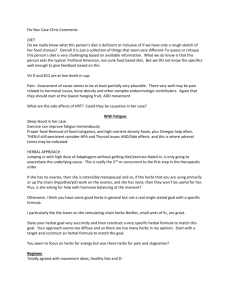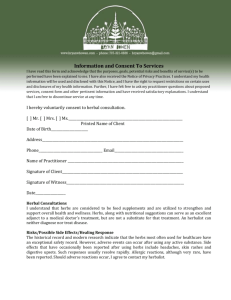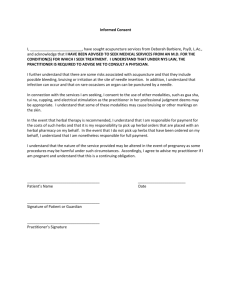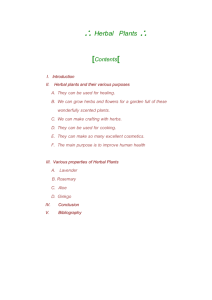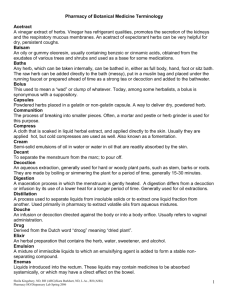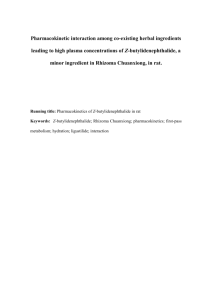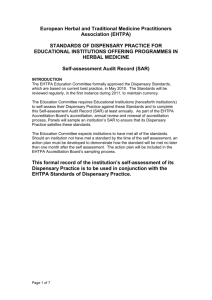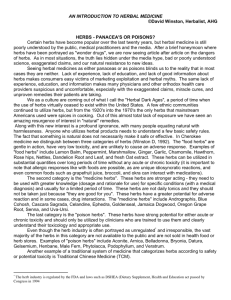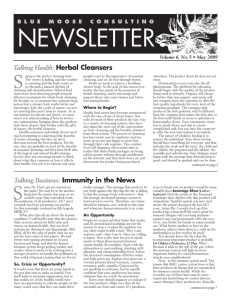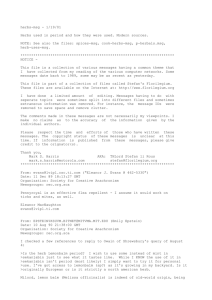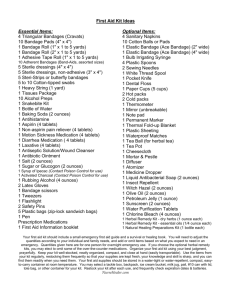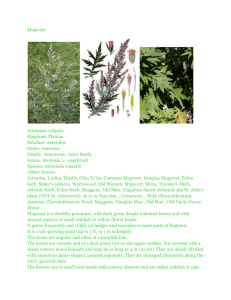ABC Clinical Guide to Herbs
advertisement
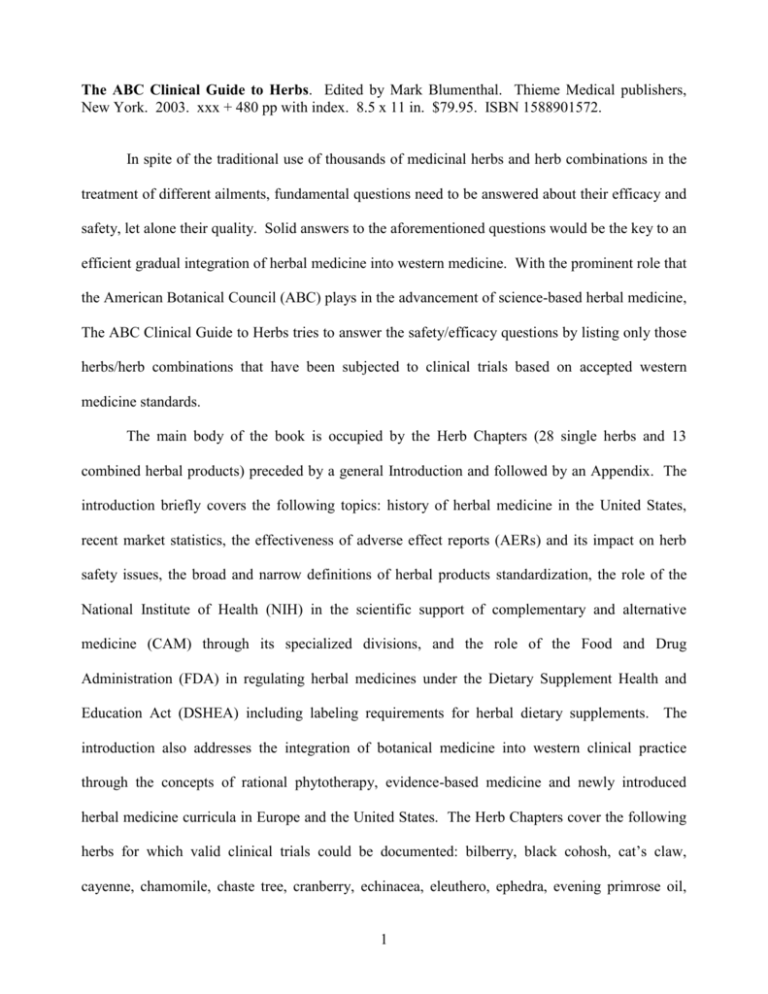
The ABC Clinical Guide to Herbs. Edited by Mark Blumenthal. Thieme Medical publishers, New York. 2003. xxx + 480 pp with index. 8.5 x 11 in. $79.95. ISBN 1588901572. In spite of the traditional use of thousands of medicinal herbs and herb combinations in the treatment of different ailments, fundamental questions need to be answered about their efficacy and safety, let alone their quality. Solid answers to the aforementioned questions would be the key to an efficient gradual integration of herbal medicine into western medicine. With the prominent role that the American Botanical Council (ABC) plays in the advancement of science-based herbal medicine, The ABC Clinical Guide to Herbs tries to answer the safety/efficacy questions by listing only those herbs/herb combinations that have been subjected to clinical trials based on accepted western medicine standards. The main body of the book is occupied by the Herb Chapters (28 single herbs and 13 combined herbal products) preceded by a general Introduction and followed by an Appendix. The introduction briefly covers the following topics: history of herbal medicine in the United States, recent market statistics, the effectiveness of adverse effect reports (AERs) and its impact on herb safety issues, the broad and narrow definitions of herbal products standardization, the role of the National Institute of Health (NIH) in the scientific support of complementary and alternative medicine (CAM) through its specialized divisions, and the role of the Food and Drug Administration (FDA) in regulating herbal medicines under the Dietary Supplement Health and Education Act (DSHEA) including labeling requirements for herbal dietary supplements. The introduction also addresses the integration of botanical medicine into western clinical practice through the concepts of rational phytotherapy, evidence-based medicine and newly introduced herbal medicine curricula in Europe and the United States. The Herb Chapters cover the following herbs for which valid clinical trials could be documented: bilberry, black cohosh, cat’s claw, cayenne, chamomile, chaste tree, cranberry, echinacea, eleuthero, ephedra, evening primrose oil, 1 feverfew, flax, garlic, ginger, ginkgo, ginseng (American & Asian), goldenseal, hawthorn, horse chestnut, kava, licorice, milk thistle, peppermint, saw palmetto, St. John’s wort, tea (black & green), and valerian. For each herb, three sections are presented. The first is a clinical overview which targets physicians and health professionals and provides essential facts about use, pharmacological actions, dose, side effects, drug interactions, contraindications, and clinical review summary. The second is a one-page patient information sheet which targets the user and is an abbreviated form of the clinical overview. The third is an extended referenced monograph which describes the herb in full detail and includes all information about its history, description, uses, constituents, pharmacology, regulation, clinical evaluation and its branded products if any. The clinical trials are presented in a tabular form at the end of each monograph. Each table covers clinical trials on one tested effect of the herb (e.g. weight loss, motion sickness) and it includes author and year of publication, subject, trial design, duration, dosage, preparation (formulation), results/conclusion. The single herb section is followed by a clinical summary of 13 proprietary herbal products that contain a mixture of herbs/herb extracts. Each product is described and a table of relevant clinical trials is included. The Appendix includes a number of interesting entries that include general references, descriptive tables for the commercial products used in the clinical studies included in the monographs, product manufacturer contact information, and a glossary of important terms. The book ends with a 50-question test which can be completed by healthcare professionals to earn continuing education credit. The book is presented in hardback cover with white double column pages and monochrome photographs for the included herbs. The information is easily accessible and is organized in a very clear and concise format, which is an obvious strength of this book. The references included for each herb are current and comprehensive. The 24 references listed in the appendix are also very useful for general reading in the areas of pharmacognosy, phytochemistry and herbal medicine. 2 Suggested improvements to future editions would be to include colored photographs of the herbs instead of the black & white ones and to include an expert’s evaluation of the results of each cited clinical trial. A section describing modern clinical trials as an essential tool in western medicine should be included in the Introduction. A number of clinically tested herbs are also missing from this edition, such as artichoke, grape seed, pygeum and others. Nevertheless, with its focus on clinical efficacy and safety, the ABC Clinical Guide to Herbs draws the line between claims based on human patient oriented clinical trials and those based on non-clinical or preclinical information. It also provides the reader with a clear idea about those herbs/herbal preparations that possess the highest potential, or that are currently used, as successful therapeutic agents in western medicine. As such, it stands as a valuable and specialized herbal reference for practicing healthcare professionals as well as for educators and students in the field. Ehab A. Abourashed, Ph.D. Department of Pharmacognosy College of Pharmacy King Saud University Riyadh, Saudi Arabia 3

